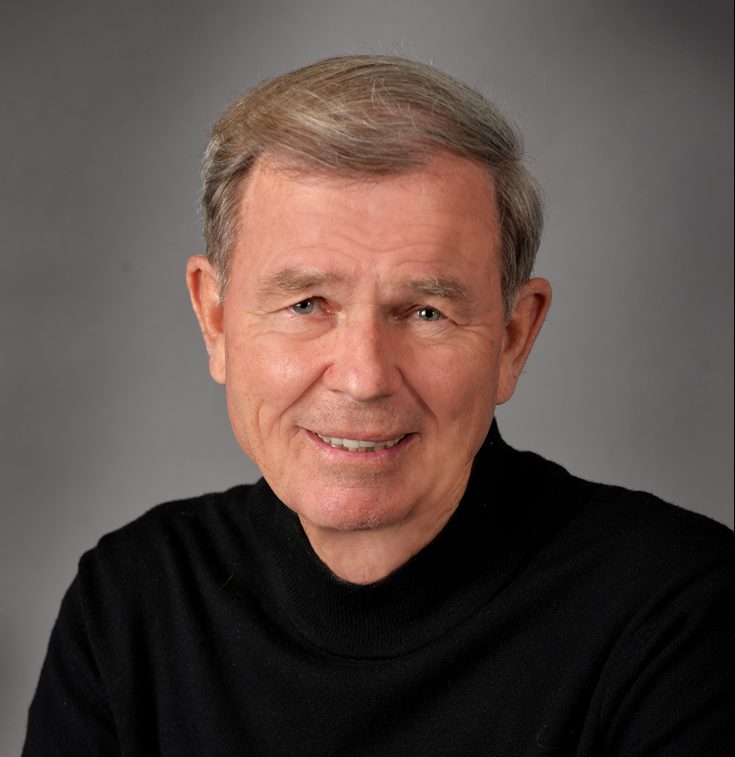The Power of Congregational Singing

By Skip Hellewell
The pendulum of fashion is always swinging, ever changing. Consider music. My parents danced to Big Band music. The Beautiful Wife and I swung to rock and roll. The grandchildren tell of heavy metal moshing. By contrast, these generations sang and still sing the same hymns in church. There’s a reassuring permanence to hymns. Some were written three millennia ago—the Psalms attributed to King David.
David is a legendary figure, the shepherd boy who killed a lion and bear in defense of his flock, and then Goliath, becoming a favorite of King Saul. He was a musician, both lyrist and psalmist, then the warrior king who conquered Jerusalem and united Israel. No wonder the Psalms became the foundation for church music.
Music is essential to worship. As I write, I’m listening to a Gregorian chant of the rosary. As religious music grew more complex, performance was limited to the trained and talented. The Reformation laid the foundation for the rise of democracy by reversing this evolution. The printing press made Bibles available, and each person became a theologian. Printed hymnals of simple tunes gave the humblest a voice. Congregational singing became a hallmark of the Reformation, with Martin Luther’s “A Mighty Fortress is Our God” its battle hymn. John Calvin agreed with Luther on the power of congregational singing and translated the Psalm hymns into the vernacular. For millennia, the repeated singing of timeless hymns arguably taught doctrine better than any sermon.
The great organs of the 15th century complemented skilled choirs, but simpler organs in common churches, notably among the early Lutherans, proved the perfect support for congregational singing. We saw this recently at church when the organist faltered for a moment, and the congregation’s singing, in turn, faltered. Though there was a conductor, it was the organ that led.
The English Reformation brought a Golden Age of hymn writing. Isaac Watts, a Congregational minister and writer of some 750 hymns, transformed Psalm-based songs by incorporating New Testament language and ideas. We know him best for the timeless “O God, Our Help in Ages Past” and the Yule carol, “Joy to the World.”
John Newton, a repentant slave ship captain turned minister, wrote the favorite, “Amazing Grace.”
The Methodist movement was powered by the energetic singing of a plethora of hymns created by John Wesley and especially his brother Charles. Charles’ hymn, “Christ the Lord Is Ris’n Today,” is often sung at Easter, and his “Hark, the Herald Angels Sing” at Christmas. A New York woman, Fanny Crosby, though born blind, was even more prolific, writing over 8000 hymns. Her “To God Be the Glory” was popularized by Billy Graham. Singers can be known for their hymns—think of Maria Callas’ “Ave Maria,” Mahalia Jackson’s “He’s Got the Whole World in His Hands,” or even Elvis Presley with “How Great Thou Art.” But the real power of hymns is in congregational singing.
Studies show that singing together brings a physiological unity—breathing, heartbeat, and even brains synchronize as the song progresses. These experiences release the feel-good endorphins that can unify a congregation as one so that singing together becomes ministering. More important, it can also invite the Holy Spirit. There has been a trend towards contemporary music worship with trained musicians. Praise bands with their talented singers are enjoyable, but the power of the faithful is found in the strength of their congregational singing. In my experience visiting Laguna’s churches, the strength of the church is reflected in the power of their congregational singing, though I may have it backward. There’s meaning in that.
Skip fell in love with Laguna on a ‘50s surfing trip. He’s a student of Laguna history and the author of “Loving Laguna: A Local’s Guide to Laguna Beach.” Email: [email protected]




